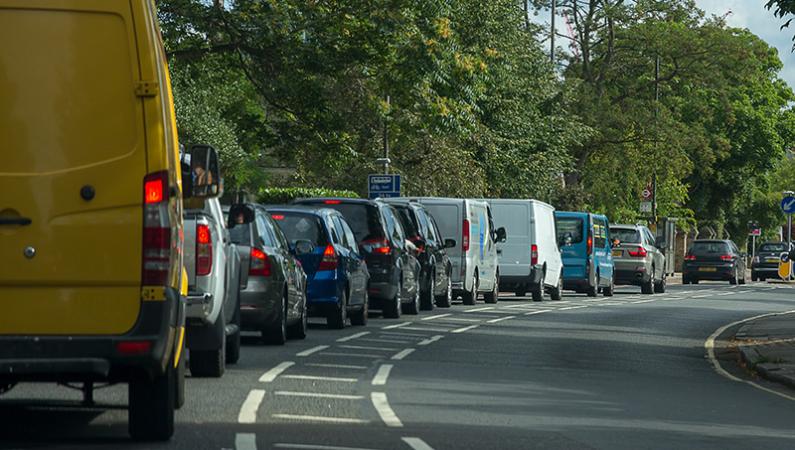Street level weather and its effect on congestion
When we talk about weather and traffic, it is mostly the chance of an accident that we think of first. Ice and snow are the most obvious culprits, but actually it’s rainfall that causes the majority of all accidents. Of course, the weather’s s effect on transportation is subject to significant spend from road authorities around the world, especially in the realm of ice and snow prevention and speed restrictions when it rains.
However, what Vaisala is now beginning to focus on is the more subtle effect that weather has on the way that our vehicles flow (or otherwise) around our highway networks. Anecdotally, I am sure you have recognized the way that a rainy day seems to cause more congestion on the roads. Is this because bad weather causes accidents, or something more fundamental linked to the way we drive under differing conditions?
Differing weather conditions affect the flow of traffic
What is needed is a consistent and robust dataset to start to understand how differing weather conditions affect the flow of traffic, particularly in the urban environment (as we all know that queuing vehicles pollute much more than free flowing traffic).
In light of this, Vaisala is very happy to be part of a forward-looking project enabled by West Midlands 5G (WM5G) and Transport for West Midlands in partnership with Vivacity Labs. Vivacity will be providing a network of AI-powered traffic sensors, which gather detailed and anonymous data 24/7 on transport modes, traffic flow, and travel patterns, with weather and air quality sensors supplied by Vaisala.
We are currently in the process of identifying all the sites across the West Midlands in the heart of the UK where the weather and air quality sensors will be installed so we can monitor the conditions in the same places that Vivacity Labs will be monitoring the traffic flows. The dataset collected over time will provide researchers the opportunity to really explore the subtle differences in traffic flows as the weather changes.
Growing movement of Mobility-as-a-Service
We also hope to understand what leads to shifts in modal choice of the citizens of the area, which in turn may then help planners understand how to better manage those networks more efficiently. In time, the aim is to be able to uncover some of the effects on demand of more active travel modes such as walking, cycling, and also the use of micro-mobility services such as electric scooters. This information will then help the growing movement of Mobility-as-a-Service provision and of course inform what key weather parameters are critical to large shifts in demand. This in turn enables operators to manage the reloading of the network to ensure the bike or scooter is where you want it, when you need it the most.
Last but not least is the key relationship between the vehicles, the pollution they create, and the way that pollution either stays close to the ground or disperses depending on the prevailing weather conditions. We also aim to be able to recognize when a weather situation is likely to create low level pollution in a way that may be more harmful than on other days with similar traffic.
All in all, this project offers the potential for a much deeper insight into the way that weather effects transportation and how traffic in turn effects the environment at the microlevel scale. This can then open the door for the micromanagement of flows and much more efficient use of our transport options.

